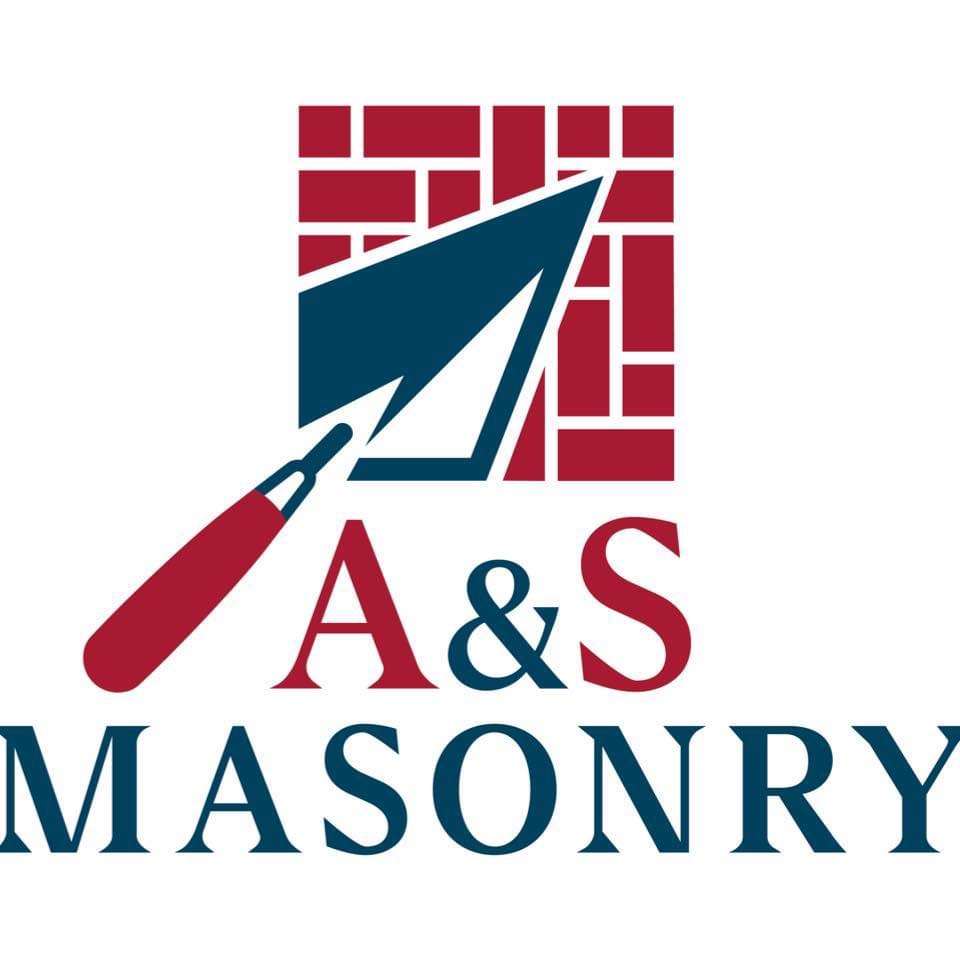Tuckpointing is a specialized masonry technique that involves removing and replacing deteriorated mortar between bricks. In a city like St. Louis, Missouri, with its unique weather patterns and historical architecture, maintaining your brick chimney through regular tuckpointing is essential. This blog explores the signs that indicate your chimney may need tuckpointing and the benefits of this important maintenance task.
Understanding Tuckpointing
Tuckpointing is crucial for maintaining the structural integrity and aesthetic appeal of brick chimneys. The process involves carefully removing the damaged mortar and applying new mortar that matches the color and texture of the original. This not only restores the appearance of the brickwork but also reinforces the structure, preventing water infiltration and further deterioration.
Signs Your Chimney Needs Tuckpointing
- Cracked or Missing Mortar: One of the most obvious signs that your chimney needs tuckpointing is visible cracks or gaps in the mortar. Over time, exposure to the elements causes the mortar to erode, crack, or crumble. If left unattended, these gaps can allow water to penetrate the chimney, leading to more significant structural issues.
- Discoloration of Mortar Joints: When mortar joints start to turn white or exhibit signs of efflorescence (a chalky white residue), it indicates moisture penetration. This is a clear sign that the mortar is compromised and needs to be replaced.
- Spalling Bricks: Spalling occurs when water enters the bricks and causes them to flake, peel, or pop out. This is often a result of deteriorating mortar that allows water to seep into the brickwork. Spalling not only affects the chimney’s appearance but also its structural integrity.
- Visible Rust: Rust stains on the chimney’s exterior are a sign of moisture issues, often related to failing mortar joints. Rust can damage the metal components of the chimney, such as the damper or flue, and lead to costly repairs.
- Deteriorating Chimney Crown: The chimney crown, the topmost part of the chimney, is crucial for preventing water from entering the chimney. Cracks or deterioration in the crown can indicate that the mortar joints below are also compromised.
- Interior Water Damage: Water stains on the walls or ceiling near the chimney can indicate that water is penetrating through damaged mortar joints. This can lead to mold growth and damage to the interior structure of your home.
The Importance of Tuckpointing in St. Louis
St. Louis experiences a wide range of weather conditions, from hot, humid summers to freezing winters. These fluctuations can cause significant wear and tear on brick and mortar structures. Regular tuckpointing ensures that your chimney can withstand these changes and remain in good condition.
Benefits of Tuckpointing:
- Prevents Water Damage: By sealing the gaps and cracks in the mortar, tuckpointing prevents water from infiltrating the chimney structure, thereby avoiding costly water damage repairs.
- Enhances Structural Integrity: Replacing deteriorated mortar with new, strong mortar helps maintain the chimney’s stability and prevents further brick deterioration.
- Improves Aesthetics: Tuckpointing restores the clean, crisp lines between bricks, enhancing the overall appearance of your chimney and home.
- Increases Property Value: A well-maintained chimney adds to the curb appeal and value of your property, making it more attractive to potential buyers.

Conclusion
Regular maintenance of your brick chimney through tuckpointing is essential, especially in a climate like St. Louis. By addressing signs of mortar deterioration early, you can prevent more extensive and expensive repairs down the line. If you notice any of the signs mentioned above, it may be time to consult with a professional masonry company like A&S Masonry to assess and address your chimney’s needs. Investing in tuckpointing not only preserves the beauty of your home but also ensures its structural safety for years to come.
